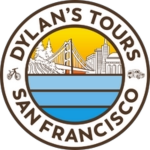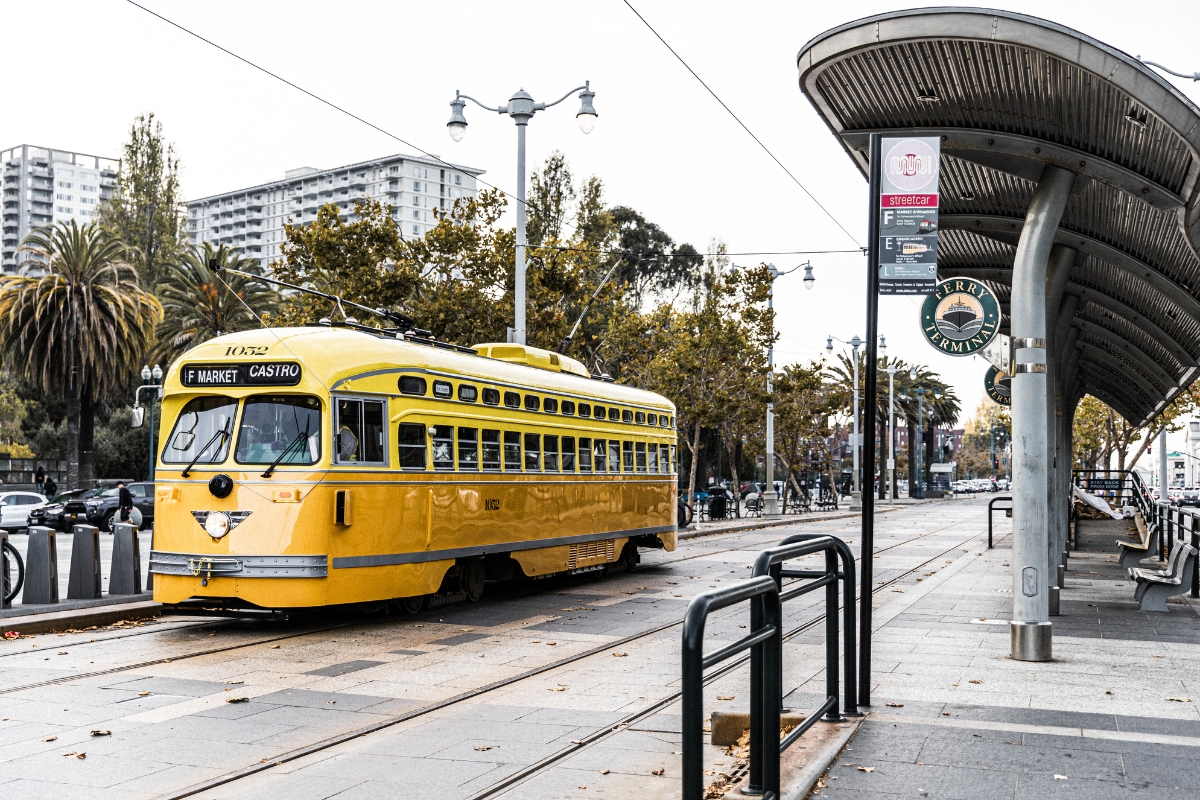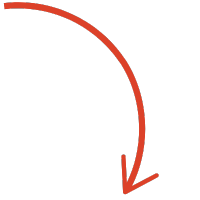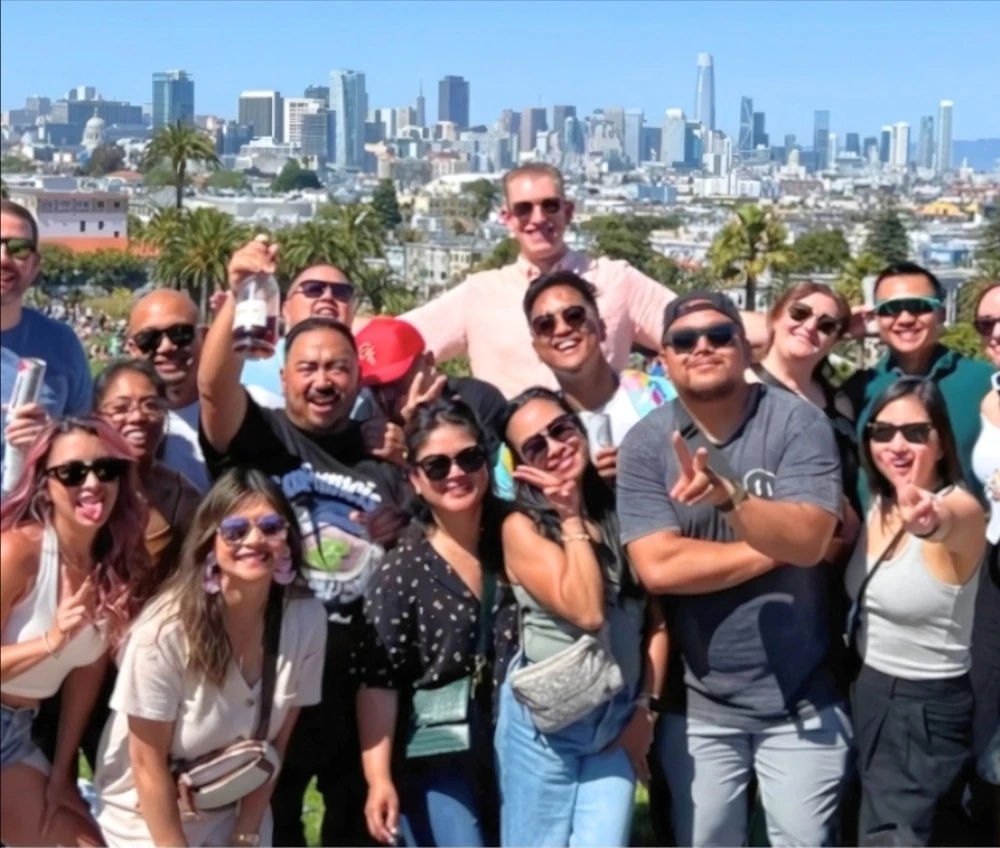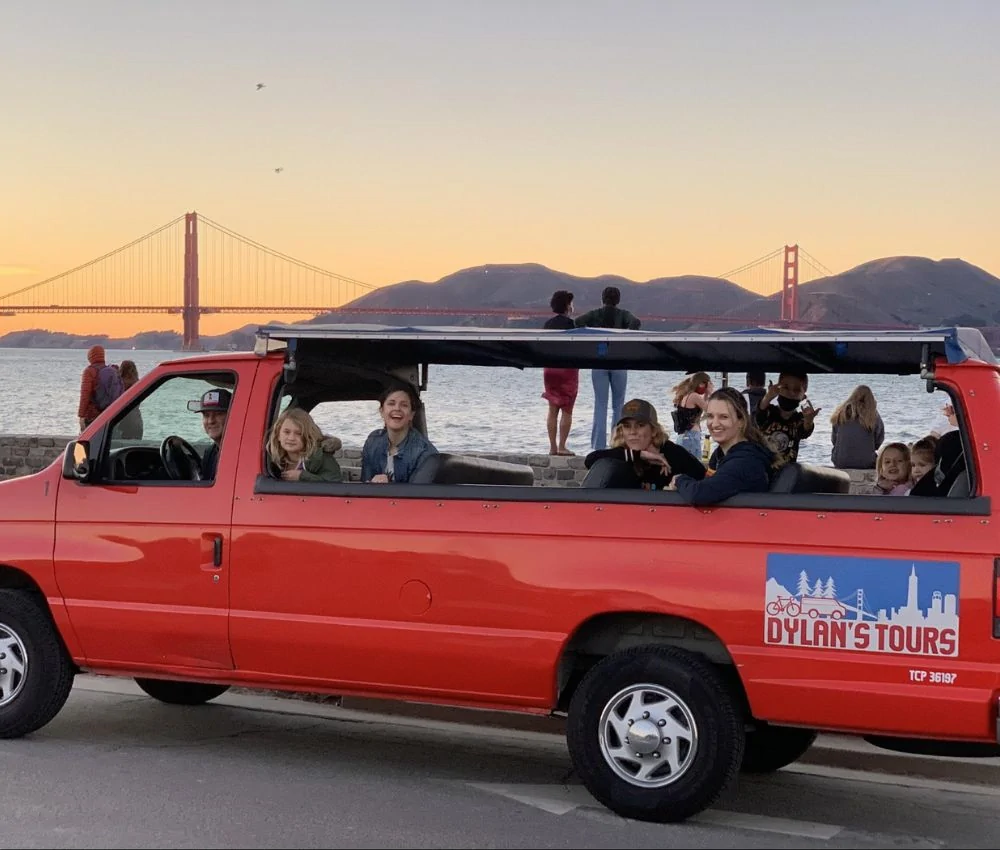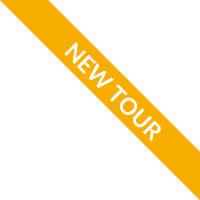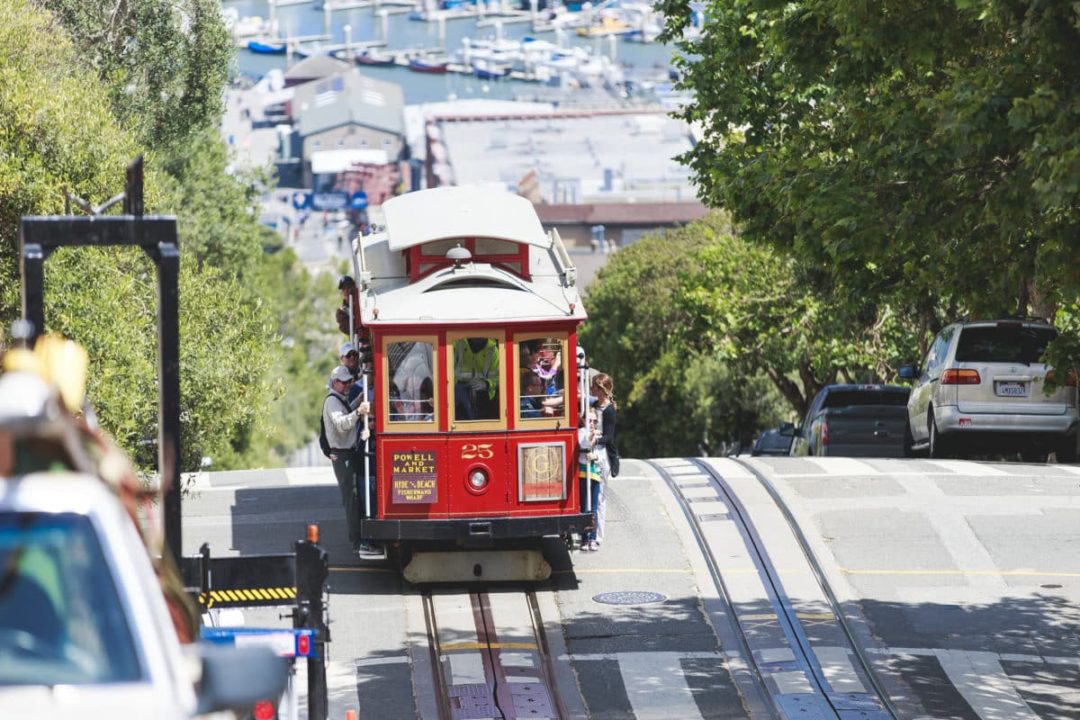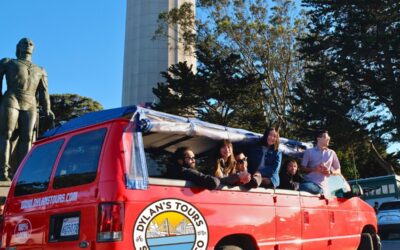San Francisco, while home to around 800,000 people, is a very small city. Though just seven miles square and surrounded by water on three sides, the city’s infamous hills make navigating the city more complicated than one might think. There are many ways to get around the city and the fastest or easiest option will likely change depending on where you are at and where you are trying to go.
If you are in town on business for a few days or spending a week exploring the history and culture of the city with your family, there are some basics to know before navigating your way around the city. With these few tricks, you will be able to access the city’s most iconic tourist destinations or simply make it to your dinner reservations on time.
How to Get Around San Francisco: Public Transportation Basics
One of the things that makes San Francisco a truly great city is the fact that it has a comprehensive public transportation system. However, the system has many parts, so it can be challenging for a newcomer or a visitor to navigate all of the options.
BART
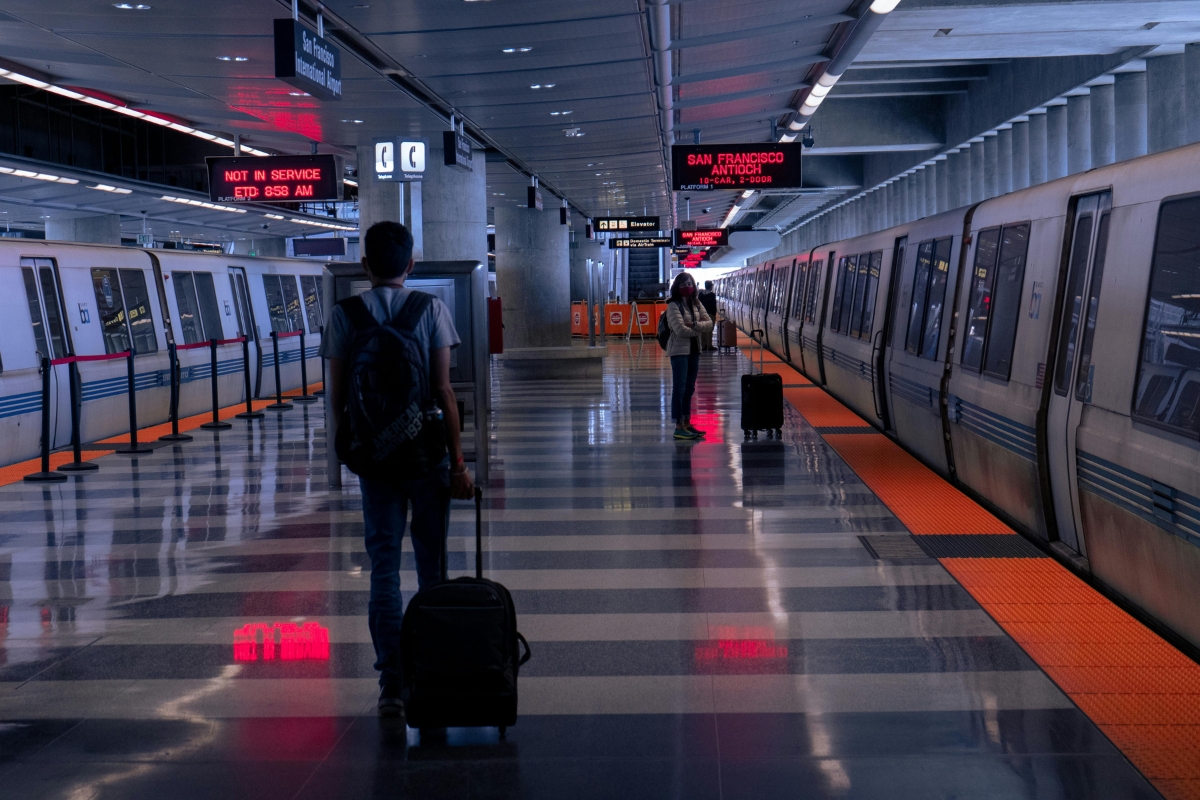
Best for: getting to and from SFO, going from Downtown to the Mission neighborhood, getting to Oakland or Berkeley
Muni
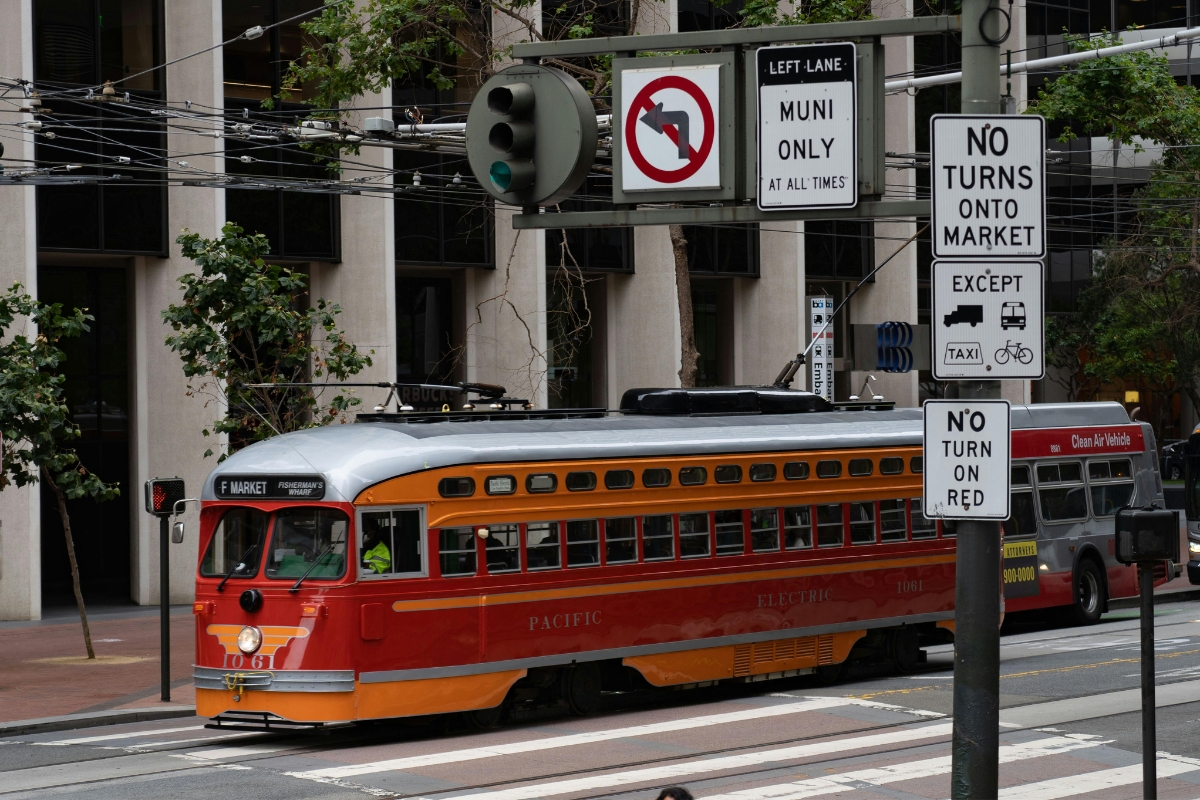
Best for: getting around the city, including Fisherman’s Wharf, Golden Gate Park, and iconic neighborhoods like the Castro
Cable Cars
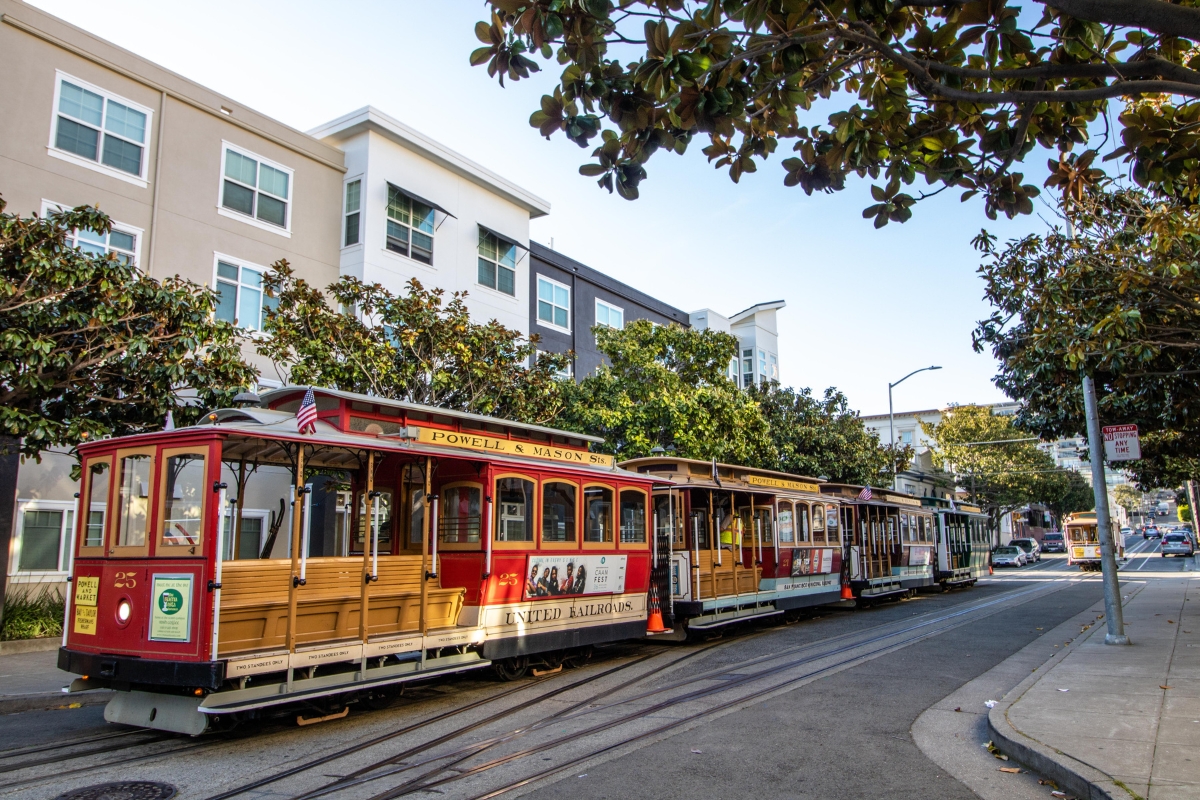
Streetcars
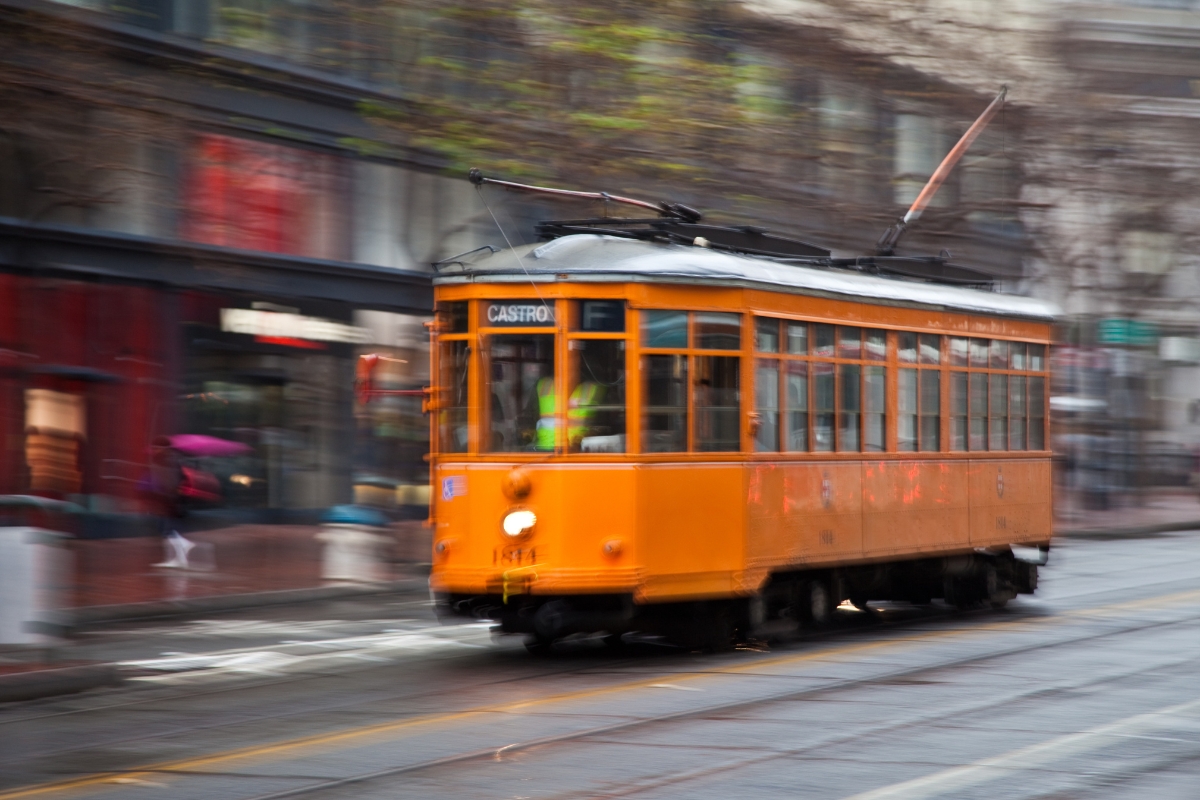
How to pay for public transportation
The easiest way to pay for any of San Francisco’s modes of public transportation is with a Clipper card. You purchase a card (either physical or through a virtual wallet), load it with money, and simply tap upon entry to any Muni bus, Muni Metro, streetcar, as well as the BART system including getting to and from San Francisco International Airport.
You can purchase a Clipper card and load it online using your phone. You can then add the card to your Apple or Google Wallet and tap your phone directly on any of the trains or buses. You can also buy a physical card at BART stations. At the stations, you can also buy a single-ride ticket, though if you plan on riding more than once and plan to use buses, having a loaded Clipper card will be the best way to go.
BART rides range from and depend on the distance you will travel. Note, that trips to the airport are more expensive and currently cost $10.55 each way from a downtown BART stop. If you want to know the price of your ride before traveling, you can use the BART Fare Calculator.
Muni rides have a flat rate of $2.50 per ride (starting January 1, 2025, the price will increase to $2.75 per ride). Paying for a ride on Muni covers 120 minutes of travel time, meaning if you switch buses or switch from a Muni bus to a Muni Metro within that time, you only have to pay once.
Keep in mind, that you can pay for the bus using cash ($3 per ride and you will need exact change), but not the Muni trains. Additionally, the price of a single fare in cash is fifty cents more than paying for the fare with a Clipper card. You can look into visitor passes for Muni here.
How to find public transportation information
Google Maps easily populates public transportation routes within San Francisco and as such is always the best place to start. If you want a second reference, you can use the transportation agencies’ apps (MuniMobile or BART (Official)) or third-party applications (Transit or NextBus) that compile transportation information to provide live data on bus and train arrivals as well as maps and route finding tools.
Getting to Key Destinations
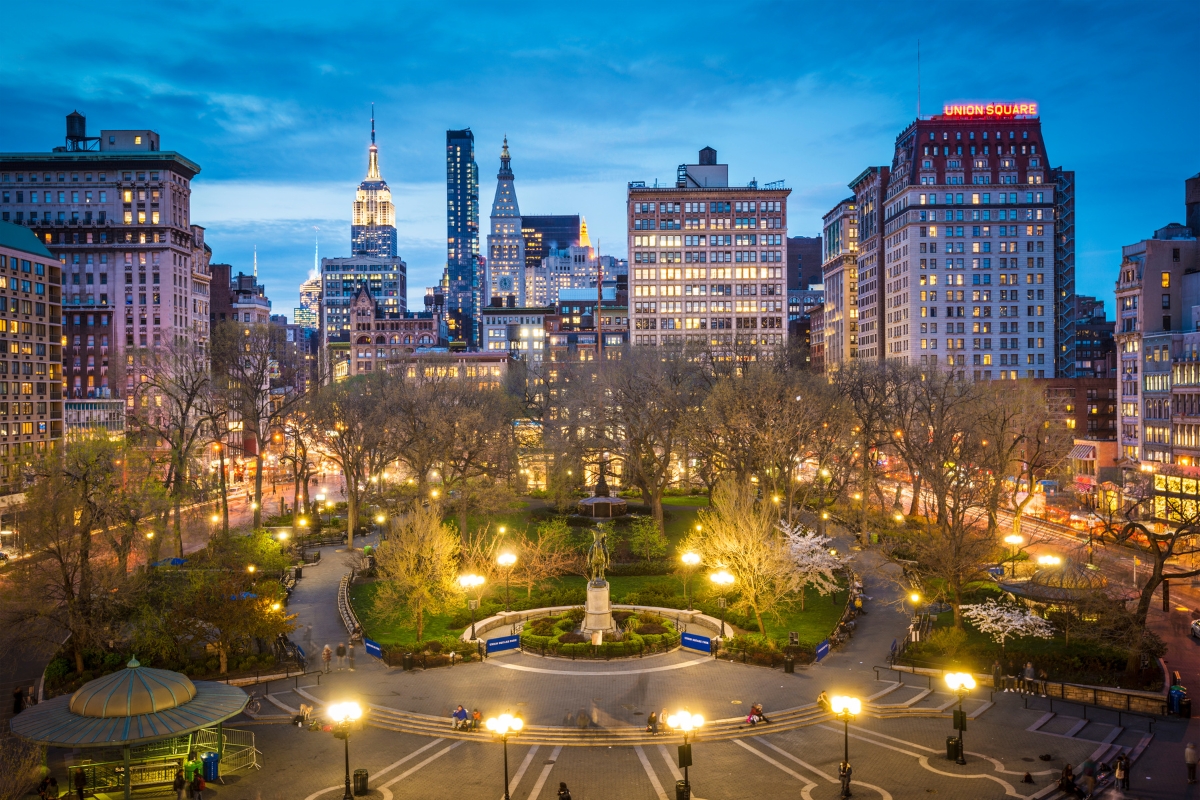
The BART train connects SFO with downtown San Francisco. From baggage claim, follow signs to BART. You will navigate up to the free airport-operated shuttle which will take you to the terminal that is connected to BART. Once at the entrance of BART, you can buy a single-ride ticket and a Clipper card to load or you can tap your existing Clipper card to enter. Follow the signs for the trains going to downtown San Francisco (the airport is the end of the line, so there will only be one way to go).
From Union Square to Fisherman’s Wharf
To get from Union Square to Fisherman’s Wharf, you can walk, take a streetcar or a Muni Bus. The walk, if you follow the Google Maps directions, doesn’t include any crazy hills. However, I think the best option is the F-Market and Wharves historic streetcar. This antique-looking above-ground train operates along Market Street and you will pick it up by finding the nearest platform in the middle of Market Street. Note: the buses pick up alongside the sidewalks on Market Street, whereas the streetcar has island stops in the middle of the street. There are other Muni bus options, but the F train is a great option that goes along the piers making for a scenic route.
Other Ways to Get Around: Rideshares, Taxis, Bike Shares and More
San Francisco is the heart of Silicon Valley and as such is the home of many of the biggest technology companies including rideshare companies such as Lyft and Uber. While the city is very well connected through various forms of public transportation, rideshares are always an option. When traveling late at night or to parts of the city with fewer public transportation options, calling a rideshare is a great option. Lyft and Uber are still the two biggest rideshare companies operating in the city, but you can also book a ride in Waymo’s driverless cars.
What about a taxi?
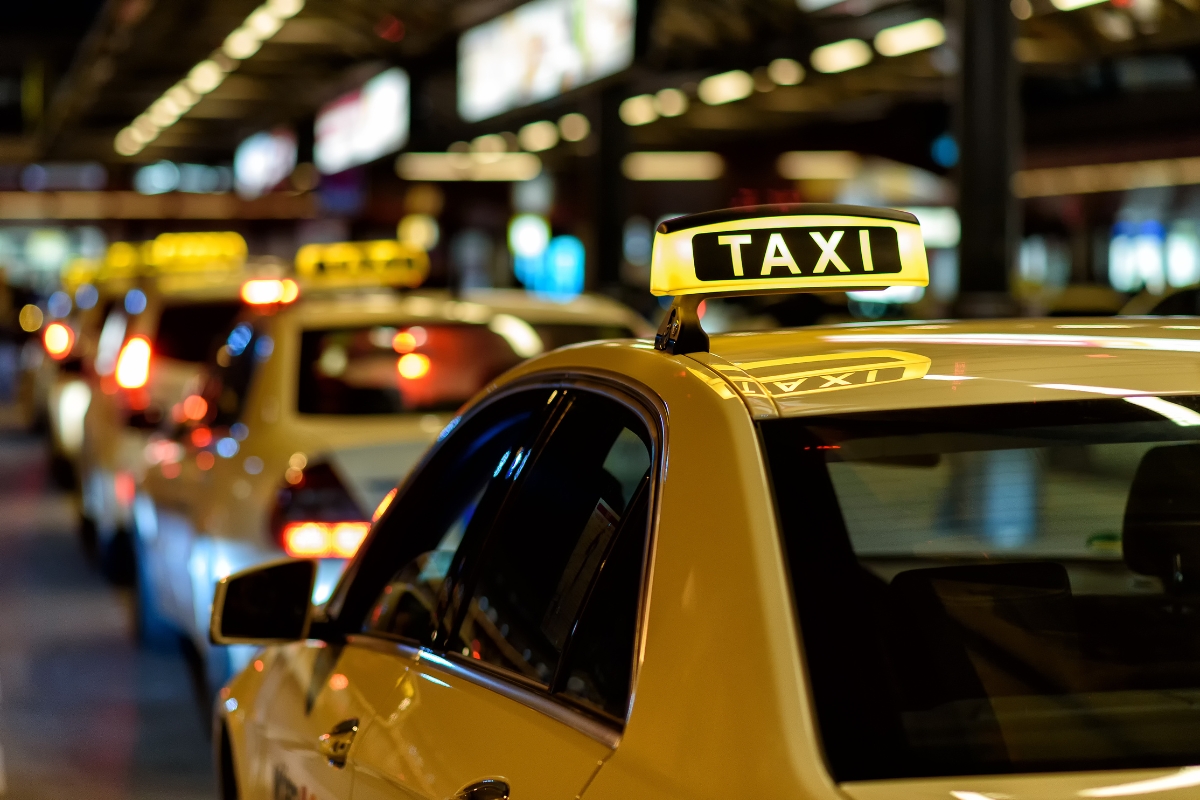
What if I want to Feel the Wind in My Hair?
If you are more adventurous with how you like to get around, you can also rent a bike or electric scooter to cruise through the city. Lyft operates both regular and electric bikes which you can access through the Lyft application. You can also pick up an electric scooter to zip over to your next destination. Lime and Spin currently operate electric scooters in the city.
Walking in San Francisco
Because of the city’s numerous hills, walking might feel intimidating. However, walking can be a viable option, depending on what part of the city you are in and where you are going. In general, if you are in the western part of the city is flat enough to walk. If you want to walk, reference the elevation of the walk-in Google Maps or ask a local.
Ultimately, deciding which mode of transportation to take and when is not a perfect science and you might get it wrong once or twice. However, the public transportation system is great so do a bit of research beforehand to identify your options and know which system(s) you will be using, and buy your Clipper card in advance, and you will be set!
